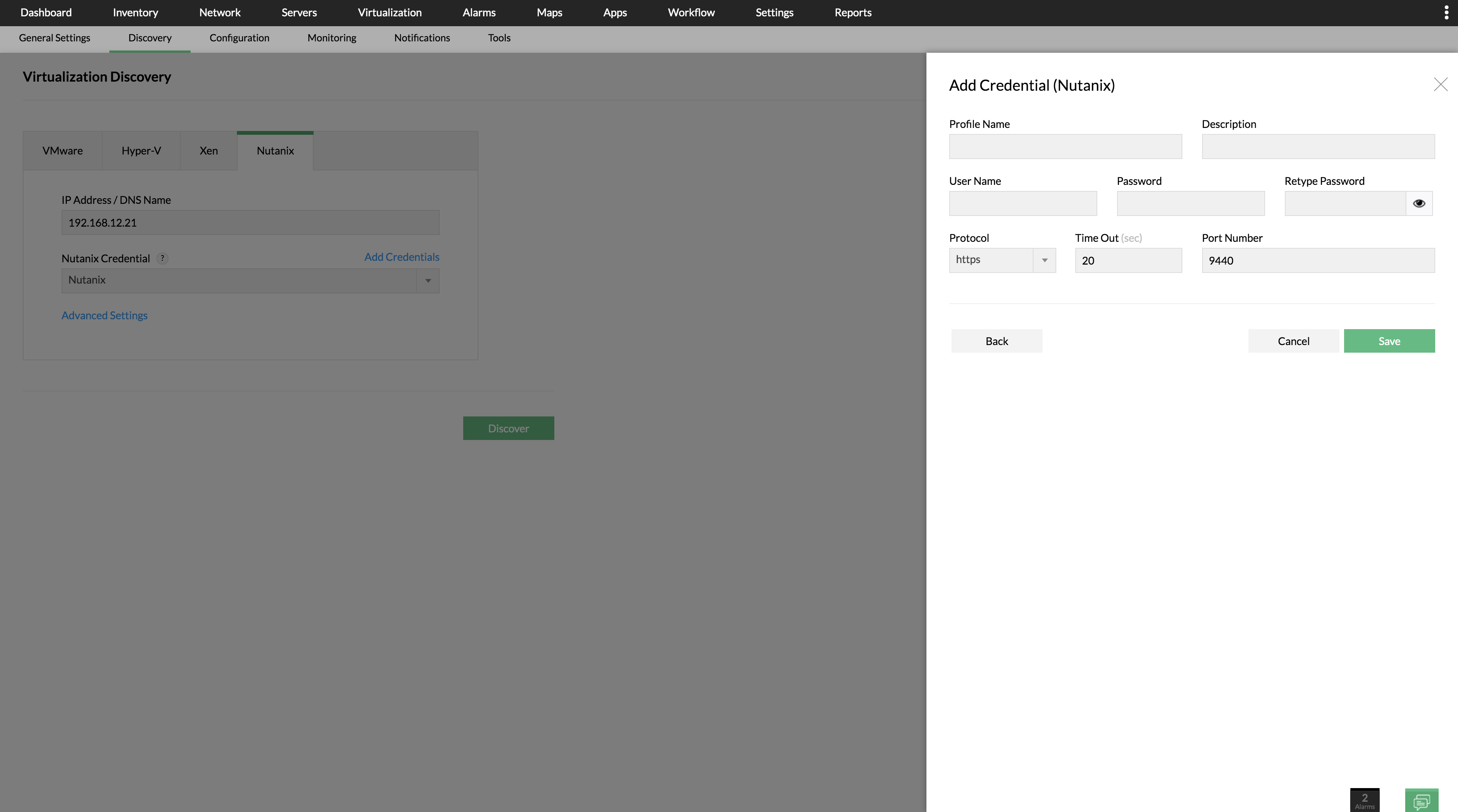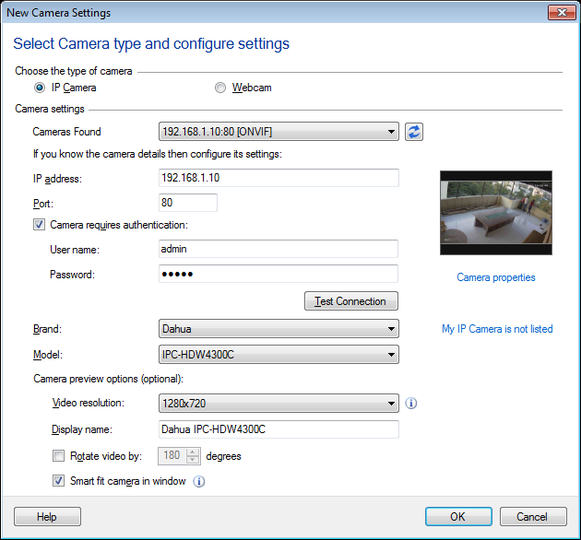B Series Intranet Search Add Settings V12
View and Download Toshiba E-STUDIO A Series operator's manual online. IP Fax Function. E-STUDIO A Series all in one printer pdf manual download. Also for: E-studio ac series, E-studio2515ac, E-studio3015ac, E-studio3515ac, E-studio4515ac, E-studio2010ac, E-studio2510ac, E-studio5015ac. B series intranet search and settings v1.0.0.17 download, b series intranet search and settings download, h&m series intranet search and settings, b series intranet search add settings descargar, b series intranet search add settings, b series intranet.
When we search for information often we know exactly the term or phrase we want to find more information on. But that’s not always the case. They are times when we search to see what we get, trying out different keywords, and phrases. It’s at these uncertain times when we appreciate the suggestions appear under the search box that we can scroll down and click enter to choose the term from under the search box list.
We find it helpful when we type a keyword on Amazon, Google or Bing and the search engine brings a list of best results, assuming on our behalf what we want to buy, or learn more about. Would it not be nice if intranet search also suggested content like other commercial search engines? In this blog, we will learn what are query spelling suggestions and how to implement them.
Let’s define what query spelling suggestions are. Query spelling suggestions are words that appear below the search box as a user types a query. SharePoint automatically creates a query suggestion when you’ve clicked a search result for a query at least six times. For example, if you’ve entered the query word “customer agreement” and then clicked a search result six times, “customer agreement” automatically becomes a query suggestion.
Automatic query suggestions are generated daily for each result source and each site collection, so the query suggestions can be different for different result sources and site collections.
Organizations can take control over their own most frequently searched content, or even content that’s not frequently searched for but it’s important to expose for employees to easily find. You set your criteria what to include in the list of suggestions. I recommend that each department is asked to send a list of their keywords, and phrases to a content strategist who manages this effort at your organization. For example, Human Resources at the open enrollment time could submit queries that will help employees complete the sign-up process, find links to external HR application, and find other relevant information that will help employees make benefits choices.
Create query suggestions list

- Open a text editor of your choice, and enter a list of terms that you want the system to always suggest to users. Only add one term per line to the text file, and don’t mix languages in the text file.
- Save the text file to a location that’s accessible from SharePoint Online.
After validating term suggestions list with your internal stakeholders, you are ready to create a manual suggestions list that will enhance search experience for employees on your intranet. Configuring manual suggestion lists can be done in SharePoint 2013, 2016 on premise, and Office 365 tenant.

Create your company’s Query suggestions in SharePoint search

- Sign in to the Office 365 Admin Center as a search administrator.
- Choose Admin > SharePoint > Search > Query Suggestion Settings.
- To import a list of query suggestions to SharePoint search, go to Always suggest phrases > Import from text file. When you import query suggestions, any existing ones will be overwritten.
- Browse to the file that you want to import.
- Go to Language for suggestion phrases, and select the processing language of your query suggestions. It should match the language of the terms in the text file.
- Choose Save Settings.
Manual query suggestions apply to all result sources and to all site collections unlike the automatic query suggestions which can be different for different result sources and site collections.
To create query suggestions for multiple languages, you’ll need to create a separate file for each language. The language determines how the query suggestions are processed internally in the search system. All manual query suggestions are always displayed for all languages. Add each phrase as a separate line in the text file that you create, and save the file in UTF-8 encoding.
One of the most important attributes of an intranet is the ability to contain the organization’s wealth of data needed for daily operation in one single location. However, holding the data in a single place is of no use if the employees who need that data are not able to locate what they require.
Intranet users employ a variety of methods for finding information on a company’s intranet, specifically; information architecture (menus), links (quick links, page links and direct links) and search. This article will focus on the inner workings of search functionality and how to create a more user-centric search through a better understanding of best practices in this area.
B Series Intranet Search Add Settings V12 Email
Search is only as good as the metadata
B Series Intranet Search Add Settings V12 Default
The underpinnings of a search is often the most important element in determining a user’s satisfaction and efficiency with the site’s search functionality. One of the most common complaint we hear from users is “I can’t find anything with the search”. Typically the reason a user is unable to find what they are looking for is tied to the inner workings of the search itself. An intranet’s search functionality uses an algorithm to decide which content best matches the user’s search term (unless the search is hardwired directly to a piece of content). This is often based on how frequently the function finds the search term (or a similar term) within the article or the meta-tags (including taxonomy) that an article is associated with. When creating content, it is critical to consider how a user would search for the content and to create an appropriate title and metadata that reflects the user’s predicted behavior. This will aid in the algorithm’s ability to lead users to the correct article they are seeking.
Expect the user to make a mistake

Typos are a common occurrence when users are typing into a search engine. A robust search engine will anticipate typos and will be able to suggest the correct spelling (as well as lead the user to the expected results). This includes caps (Career=career=CAReeR) as well as misspellings of words (Career=Carer=dareer). Different users will use variations of a search term and expect to reach the same results page. For example, a user who types in “careers” expects to receive the same results as another user who searches with “jobs”. However, sadly this is rarely the case, in modern intranets. As intranet searches uses both metadata as well as a text search of the article the results could vary depending on which of the terms are used in the article itself (even if the metadata includes both terms). As such, it becomes critical for the search engine to take similar terms into account much the same way as a thesaurus would in order for the user to reach the expected results.
Allow ‘Google-Like’ Searches
Most of the employees in an organization are accustom to searching on Google. This means that many are use to using Boolean search operations (and/or/not/and not/near/with/phrase) even if they are not aware that they are using those techniques. However, many intranet sites have not yet added this functionality and as a result are limiting the ability of a user to find what they are looking to without resorting to an advanced search screen. It is imperative that this functionality be added in order to permit users to find the information they seek much easier.
Hardwire common search terms

It is very common for most of the searches on an intranet to be for the same 20 search terms. Through studying the search analytics the common search terms can be uncovered for your organization. Once this is achieved, study the results from each of these common terms and see if the “best” or “most frequently selected” results are the ones, which are being populated for the user. It is likely that by hardwiring the results for common search terms the user experience will improve.
A cautionary note for hardwiring results: there is a need to review the results on a frequent basis and to adjust them over time to reflect new/revised content. The review needs to ensure that users are still receiving the best possible results for their search.
Related Articles
Hide and Seek with Search Engines
Don't Forget to Add The Tax(onomy)